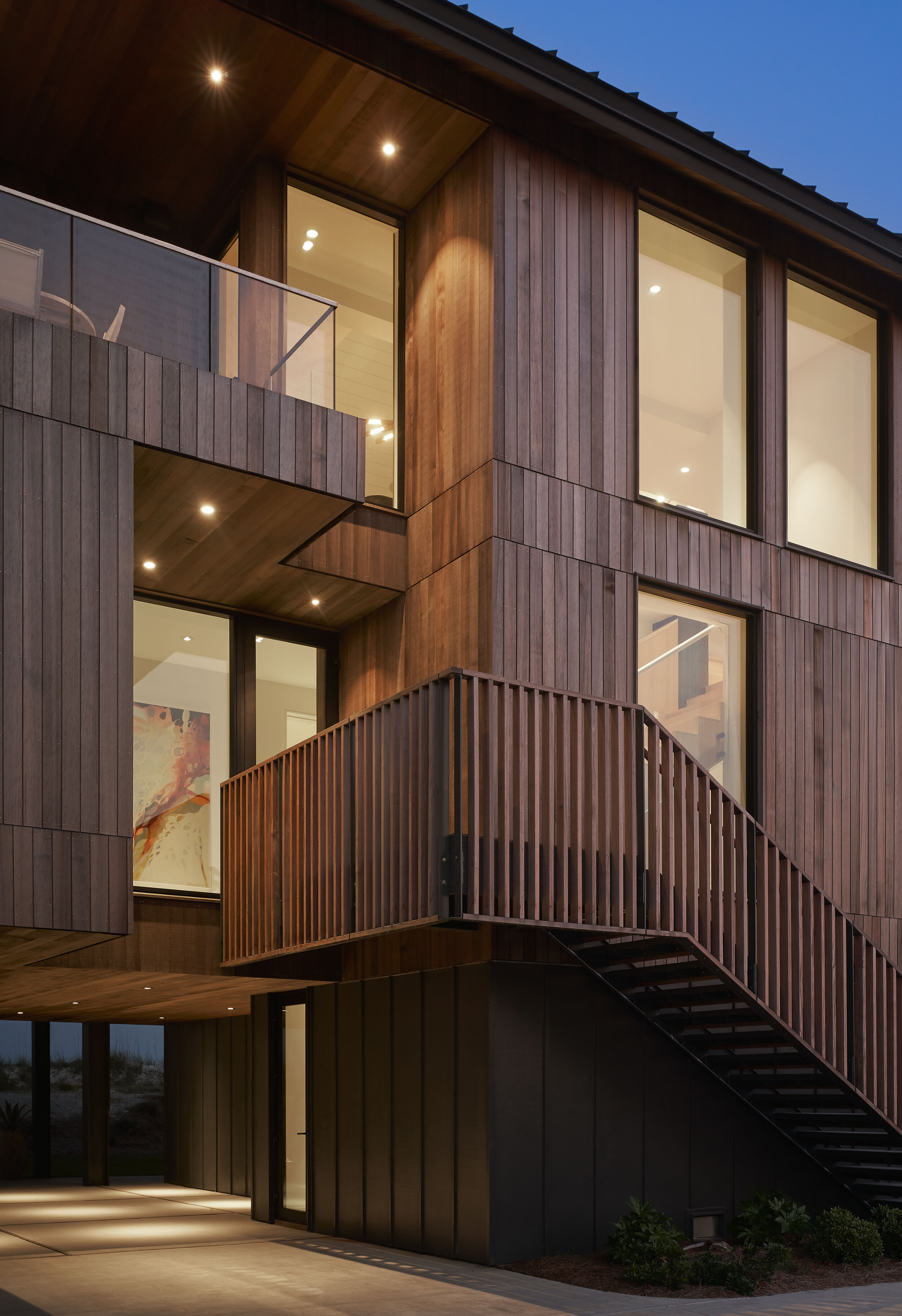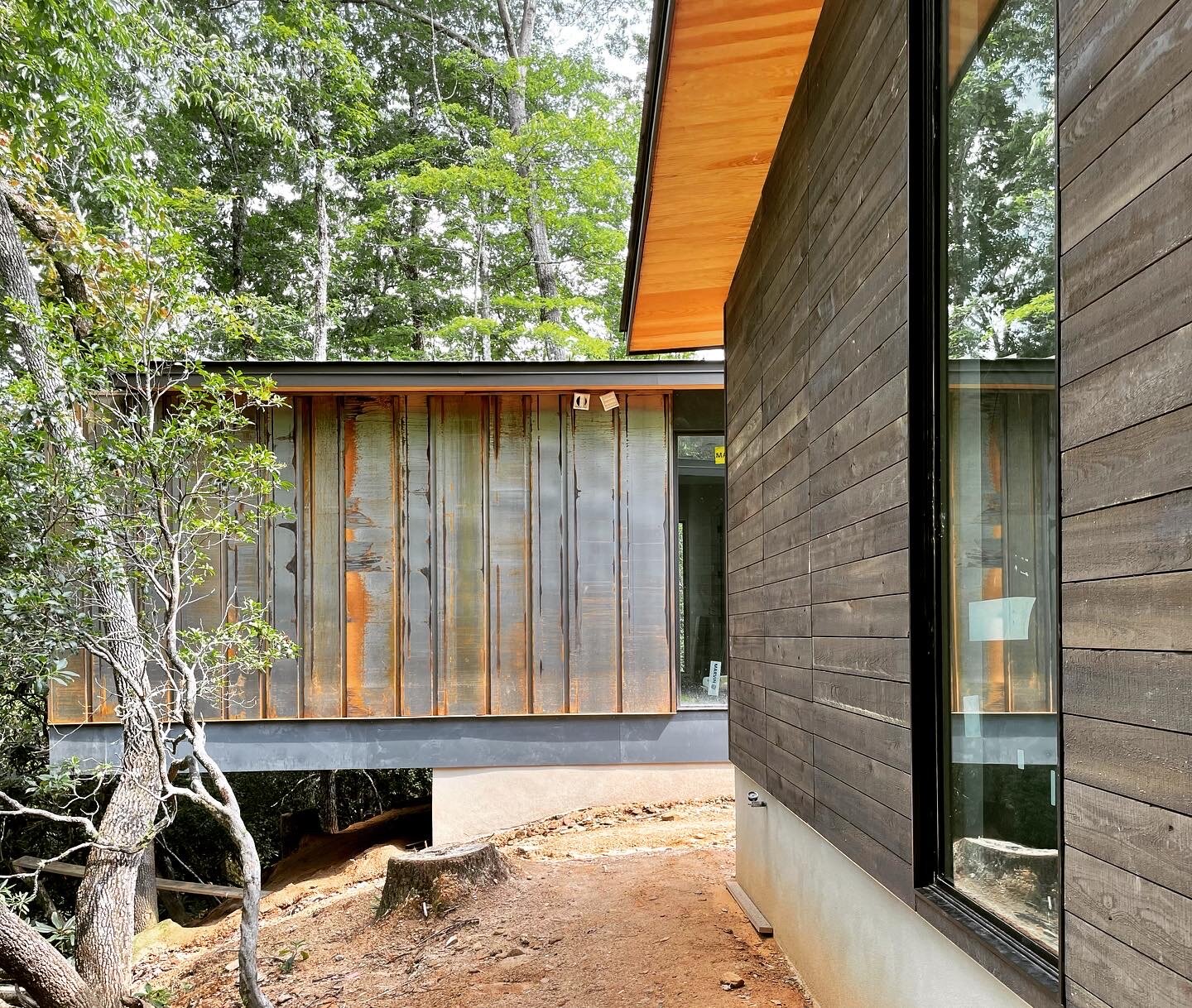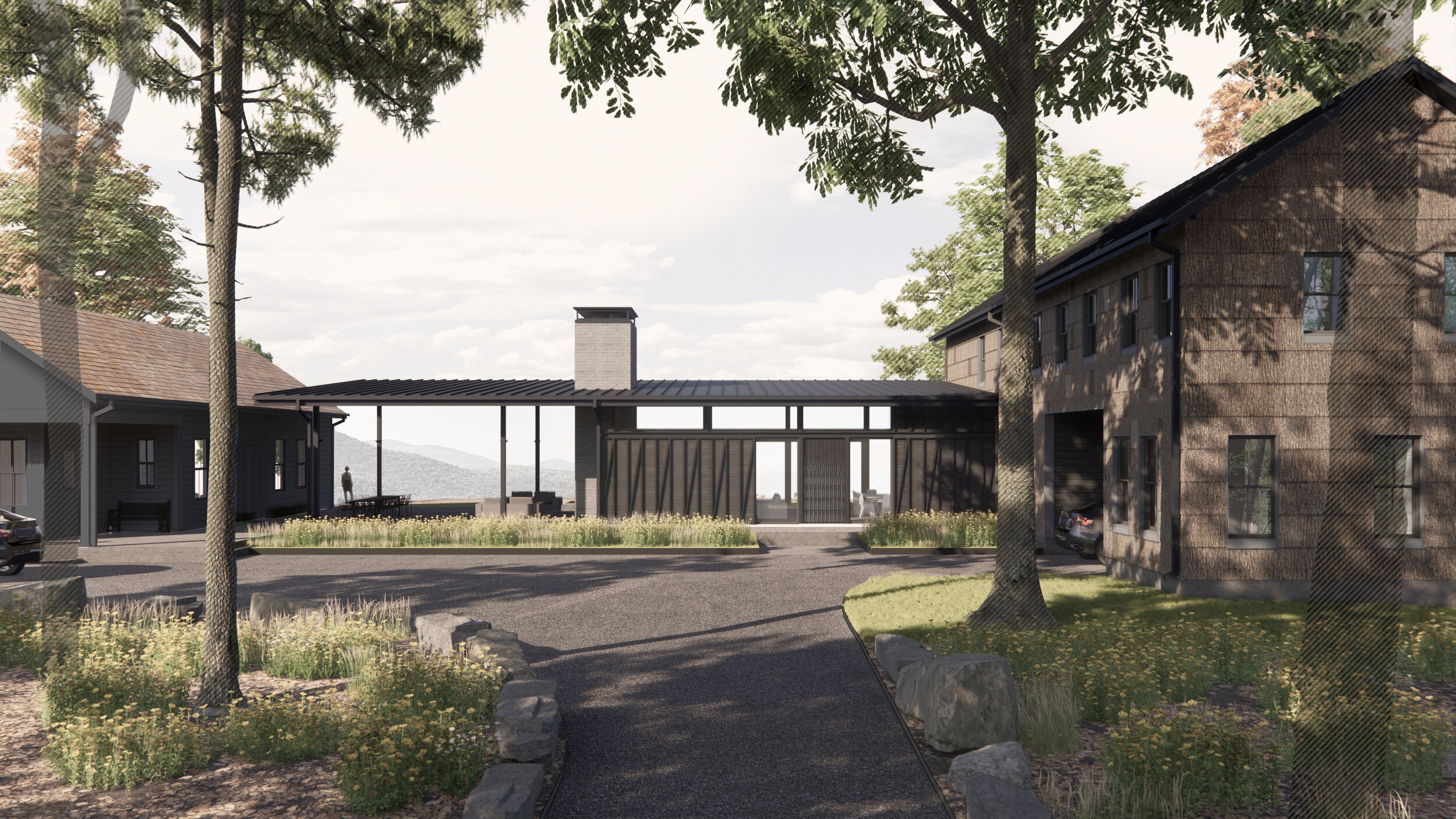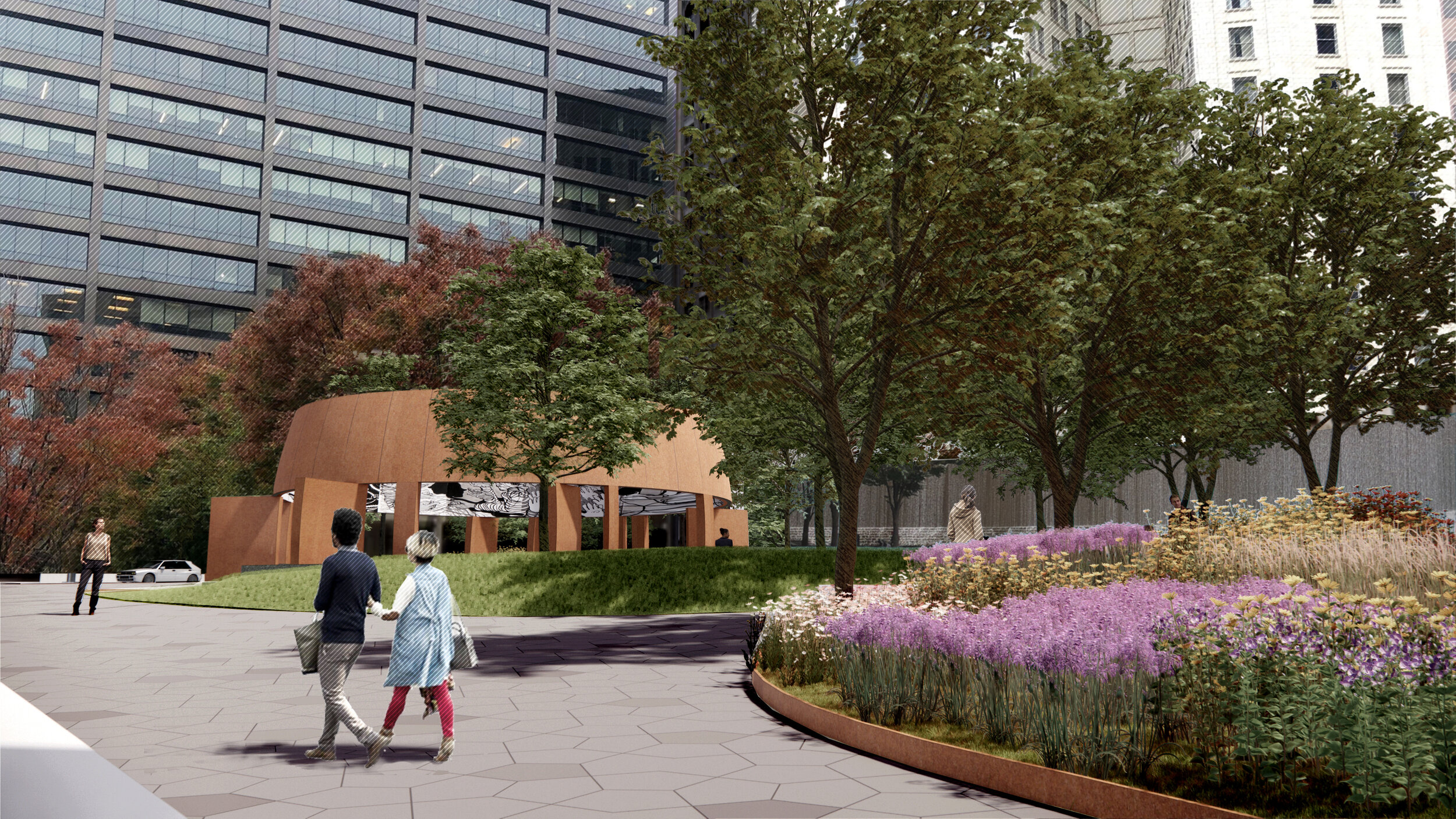TRAIL CREEK BRIDGE
TRAIL CREEK BRIDGE
Project Type: Civic
Location: Athens, GA
Year Completed: n/a
Description: Two distinct bridge designs which would complete the connection of the Firefly Trail in Dudley Park, linking previously separated portions. The bridge site would be in direct proximity to the iconic trestle bridge pictured on the back sleeve of R.E.M. album Murmur. The two proposals alternately explore options where the trestle is retained and removed. From the proposal:
“One unmistakable feature of this project is the historic stretch of elevated train trestle found on the site. Like many visitors to the area, we find these ‘ruins’ to be striking, even beautiful in their abandoned state – a monument to our industrial past, the likes of which are becoming fewer as time passes. Not to mention, this trestle holds more recent historical importance in its association with local music heroes REM.
The first concept aims to respect and protect the existing trestle, but does not rely on its structural capacity for any new intervention. Rather, the new bridge swings wide of the trestle, allowing visitors to Dudley Park to continue to admire the abandoned ‘ruins’ of the old rail line from below. On the new bridge, areas of the path are widened to allow for visitors to gather and take in views: to the trestle, to Dudley Park, to downtown and campus. In this way, a dialog is created between the new bridge structure and the existing surroundings. In order to accentuate this dialog, a new landscape opportunity is created at the base of the trestle that will incorporate native species of plants/trees, lead visitors to the creek in a safe & controlled way, and allow for leisurely interaction with the trestle.
The second concept assumes the dismantling of the existing trestle on the basis of its deteriorating condition and with the goal of maintaining a safe environment for park inhabitants. The new structure is expressed as two distinct arched ‘skipping lines’ supporting the elevated path above. The exuberant, playful shapes of the arches would, at their peaks, reveal themselves through the tree canopy, and at their bases, create a syncopated rhythm of forms on the ground, structuring the landscape intervention and drawing visitors down to the creek from both Poplar Street and the existing pedestrian path within the park. The salvaged trestle members would then be utilized on the site in an artful way, such that the ‘ghost’ of the beloved structure would remain on site.”
FEATURED WORK










